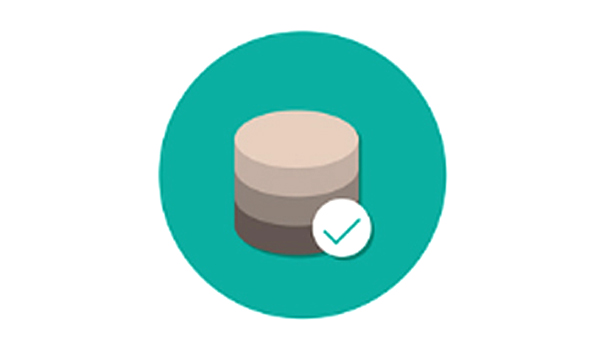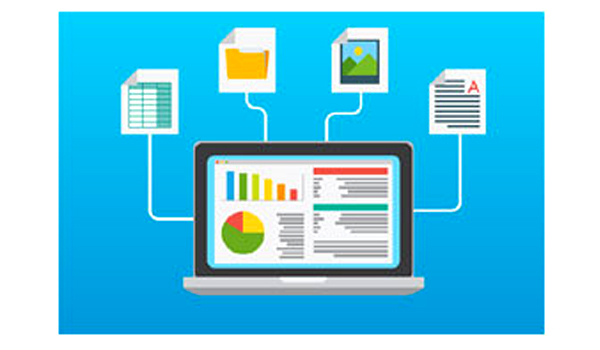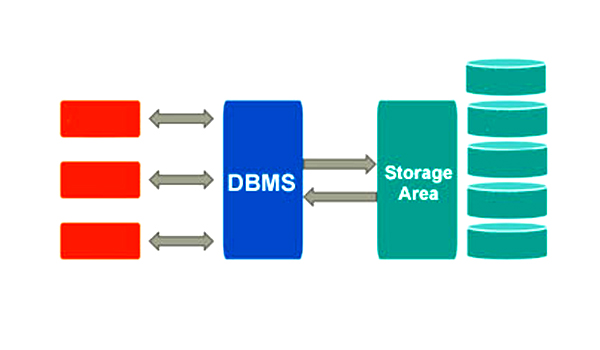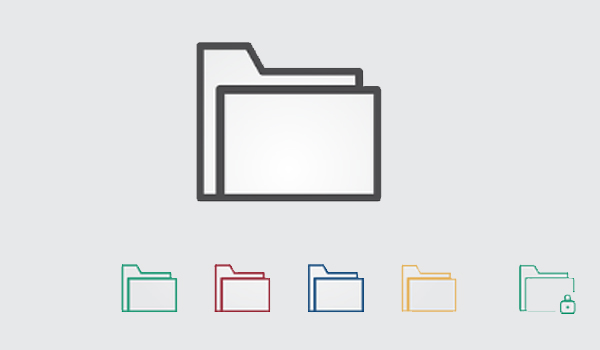Data Transformation
The process of converting data from one format to another is known as Data Transformation.
Updated: December 4, 2023

The process of converting data from one format to another is known as Data Transformation. It could be changing the structure, format, or values of data.
Data preparation software is typically used for data transformation. Data migration, data warehousing, data integration, and data wrangling will all also involve data transformation. Data transformation is also used in the ETL (extract, transform, load) process, which is performed by data warehouse software.
Domain-specific languages such as SQL or scripting languages such as Python are generally used by data engineers, data scientists, and data analysts to transform data. ETL tools can also be used by organizations, which can automate the data transformation process.
The process of data transformation is even more crucial with the use of big data analytics software to make sense of big data. Because there will be data compatibility issues since there is a continually increasing number of websites, devices and applications generating significant amounts of data.
Structural, Constructive, Destructive and Aesthetic are different types of data transformation. Interoperability between different applications can be enhanced as well as higher scalability and performance can be ensured for analytical databases and data frames with data transformation. Data quality can be improved as missing values and inconsistencies are eliminated. Use of data can be increased as it is standardized. Data management can be enhanced as data transformation can refine the metadata.
Types of data transformation
- Normalization
- Aggregation
- Filtering
- Sorting
- Pivoting
- Imputation
- Categorization or Binning
- One-Hot Encoding
- Feature Scaling
- Data Discretization



